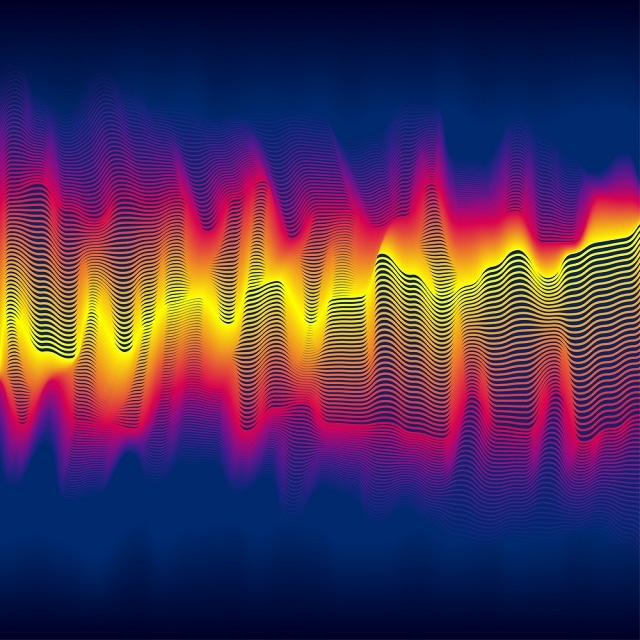Apr 25 2016
Most detection devices are not designed with the capacity to harness all three sections of infrared waves - short, mid, and long lengths - at the same time. Manijeh Razeghi from Northwestern’s McCormick School of Engineering and her team have created a new method in device design to achieve a three-color, shortwave-midwave-longwave infrared photodetector.
 Image Credit: Swill Klitch | Shutterstock.com
Image Credit: Swill Klitch | Shutterstock.com
The novel design enables devices to identify different infrared wavebands by just altering the applied bias voltage. This research could impact several applications, such as three-color infrared imaging and infrared color TVs.
A device capable of detecting different infrared wavebands is highly desirable in the next generation infrared imaging systems.
Manijeh Razeghi, Professor of Electrical Engineering and Computer Science, McCormick School of Engineering, Northwestern University
The research has been supported by DARPA, the Army Research Laboratory, Air Force Research Laboratory, and NASA, and the finding have been published in the April 7th issue of Nature Scientific Reports.
Razeghi’s team invented and analyzed the unique design for three-color photodiodes without using extra terminal contacts. The newly developed photodetector is based on gallium-antimonide/indium-arsenide/aluminum-antimonide type-II superlattices.
When there are variations in the applied bias voltage, the photodetector sequentially displays the behavior of three different colors, matching the bandgap of three absorbers, accomplishing sharp cut-off wavelengths and high-quantum effectiveness in all of the channels.
The latest research is based on Razeghi team’s efforts over the years at Northwestern’s Center for Quantum Devices, including the improvement of the first single-color, short-wavelength infrared photodetector and two-color, shortwave-midwave infrared photodetector based on type-II superlattices.
I am fascinated by these results. The initial success in this demonstration will drive us to the new frontier of infrared detection and imaging technology.
Manijeh Razeghi, Professor of Electrical Engineering and Computer Science, McCormick School of Engineering, Northwestern University